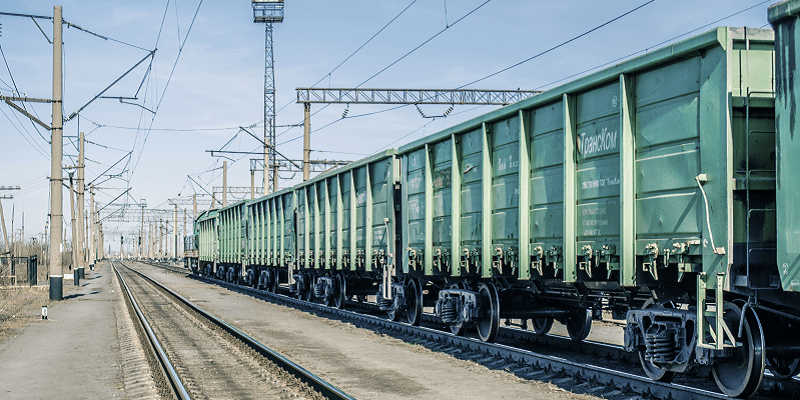- Mostafiz Hossain
- September 22, 2020
AI-based Rail Corridor Monitoring
Artificial Intelligence (AI) is not a new field; researchers have been working with AI since the 1950s. Today, AI is helping to make all modes of transportation safer and more efficient by identifying potential risks, tracking vehicles or monitoring traffic lights to improve safety. For decades, railways around the world have suffered from lack of innovation. However, in more recent times, AI has found adoption in several railway-related applications such as automation of train scheduling, workforce planning, asset management, intelligent signaling systems,
detecting defects on the railway tracks, etc. AI is also being used to build efficient network simulators which can help railway companies run trains with minimum disruption, resulting in saving fuel and electricity.
Even though the railway networks around the world have become more efficient and organized, passengers still face disruptions and delays due to insufficient information at railway terminals and delayed responses every other day. This has led to railway companies starting to adopt AI applications to process information in real time and improve customer experience.
At Ignitarium, we have been solving a variety of industrial problems with AI, ranging from civil infrastructure, transportation, food, footwear, automotive and solar. We have also showcased our capability to detect anomalies on railway tracks, with our aerial-based analytics solution. Check this link.
One of the solutions we have developed is an application to count the wagons in a freight train using pre-installed camera infrastructure. The key challenge was to deal with the acute field of view (FoV) and yet maintain high count accuracy even when trains are passing by at high speeds. Note that if camera angles could be controlled to change to a more orthogonal FoV, the problem statement would have been a whole lot simpler.

Once the application receives the video feed, it transforms the latter into several adjacent frames. From each frame, the area of interest is separated, which in this specific case, are those pixels which represent the train itself. Then a perspective transformation or change of angle of the frame is performed to get a proper view of the train. The transformed frames then go through a detection network to correctly identify individual wagons. Once wagons are detected, a tracking algorithm is employed to sequentially count the number of wagons from each of the frames. The application keeps counting the wagons and displays the count on screen as the train passes through.
The algorithm can be extended to numerous other related applications, a few examples of which are listed below:
counting the number of containers (including vertically stacked) on a flatbed wagon
detecting position of special cars in a passenger rake
counting the number of locomotives in a freight train
fine tuning the scheduling of level crossing barrier closure timings by timing the crossing time of a passenger or freight train
In conclusion, with the right combination of AI and Image processing algorithms, and ever-increasing compute horsepower, there is huge scope of improving the efficiencies of traditional industries like railways.































4 thoughts on “AI-based Rail Corridor Monitoring”
Your article helped me a lot, is there any more related content? Thanks!
Thank you, your article surprised me, there is such an excellent point of view. Thank you for sharing, I learned a lot.
Thank you, your article surprised me, there is such an excellent point of view. Thank you for sharing, I learned a lot.
viagra femme pharmacie sans ordonnance: viagra en pharmacie en france sans ordonnance – cicabiafine mains